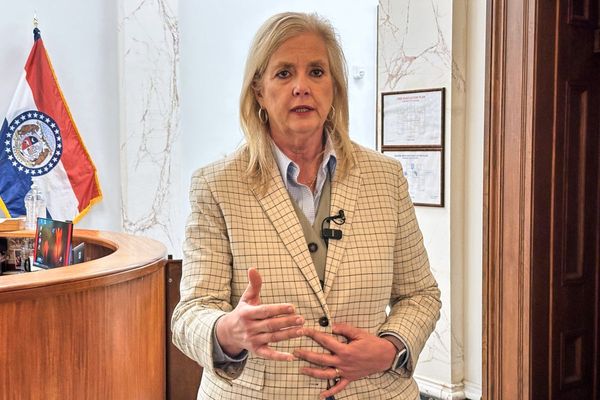
Sir Isaac Newton, whose theory of gravity revolutionised science and who later rose to the upper echelons of London’s financial world, had closer financial ties to the transatlantic trade in enslaved people than was previously understood, a new book has claimed.
The book, Ricardo’s Dream, covers the life and work of David Ricardo, a pioneer of economic theory and the wealthiest stock trader of his day. It also re-examines Newton’s time as master of the mint at the Royal Mint, where the scientist wielded political influence and amassed vast personal wealth after leaving his academic position in Cambridge.
During the scientist’s 30-year tenure at the mint, the book outlines, Newton oversaw an influx of gold mined primarily by enslaved Africans in Brazil. And as master of the mint, he took a small fee for every coin that was minted.
“I show, in part with his own correspondence, digitised by the Newton Project, that he benefited from gold primarily from Brazil mined by enslaved peoples,” said Nat Dyer, the book’s author.
“Despite losing a lot of money on the stock market crash of the day, Newton died an incredibly wealthy man,” Dyer added. “A lot of that was intimately connected with the transatlantic slave trade.”
The gold made its way to the mint largely through trade with Portugal, which controlled a rapidly expanding goldmining enterprise in Brazil. Typically, British cloth merchants trading in Lisbon were paid in gold, much of which was turned into currency at the Royal Mint.
Before taking up a role at the mint in 1696, Newton earned £100 a year (equivalent to £36,000 today) as the Lucasian professor of mathematics at Cambridge, where he developed his universal theory of gravity – possibly inspired by an apple falling from a tree. By 1702 he was earning nearly £3,500 a year (£1.26m today) and his wealth was such that on his death an inventory of valuable items included a pair of sterling silver chamber pots, apparently used by male guests behind a screen during dinner.
The book cites evidence that during Newton’s three decades at the mint, England minted about £14m in gold coin, roughly the amount minted in the 136 years before this period.
Newton’s own correspondence confirms the origin of the gold, including a note from 1701 stating: “We can have no bullion but from the West Indies [South and Central America] belonging to Spain and Portugal.” A letter to the Treasury in 1717 describes the west of England as “full of Gold” from Portugal, bringing “into the Mint great Quantities of Gold”.
Dyer said: “He was at the very centre of this gold rush. The more gold that poured into the Tower of London, the richer he got.
“I don’t think this should radically change every aspect of what we think of Newton,” he added. “He’s an epoch-defining thinker. But even the greatest scientists are part of their time.”
To others, it is no surprise that Newton was a financial beneficiary of slavery, which lay at the heart of transatlantic trade. Iberian America is well established as the main source of gold bullion at the time, according to Prof Leonardo Marques, a historian at Fluminense Federal University in Brazil.
“You can find this in Locke, in Davenant, and in many other mercantilist writers of the time,” Marques said. “Thus it is not surprising to me that Newton – apparently unlike many of his biographers – was aware that this gold was coming from Brazil.
“Everyone involved with banking and finance in early 18th-century Britain in a sense was somehow connected to the history of slavery and the slave trade to Brazil.”
Dr Patricia Fara, an emeritus fellow at the University of Cambridge and the author of Life After Gravity, previously highlighted separate links between Newton and the East India Company, whose officers Newton commissioned to make tidal measurements around the globe, and Newton’s ill-fated investment in the South Sea Company, a slave-trading enterprise.
“We can’t apply our own moral criteria to people who lived three or four hundred years ago,” Fara said. “Newton was more culpable than some and far less culpable than others. But it’s important to recognise that people who are up on a pedestal in Westminster Abbey were involved in slavery.”
Ricardo’s Dream by Nat Dyer (Bristol University Press, £14.99). To support the Guardian and Observer, order your copy at guardianbookshop.com. Delivery charges may apply.







